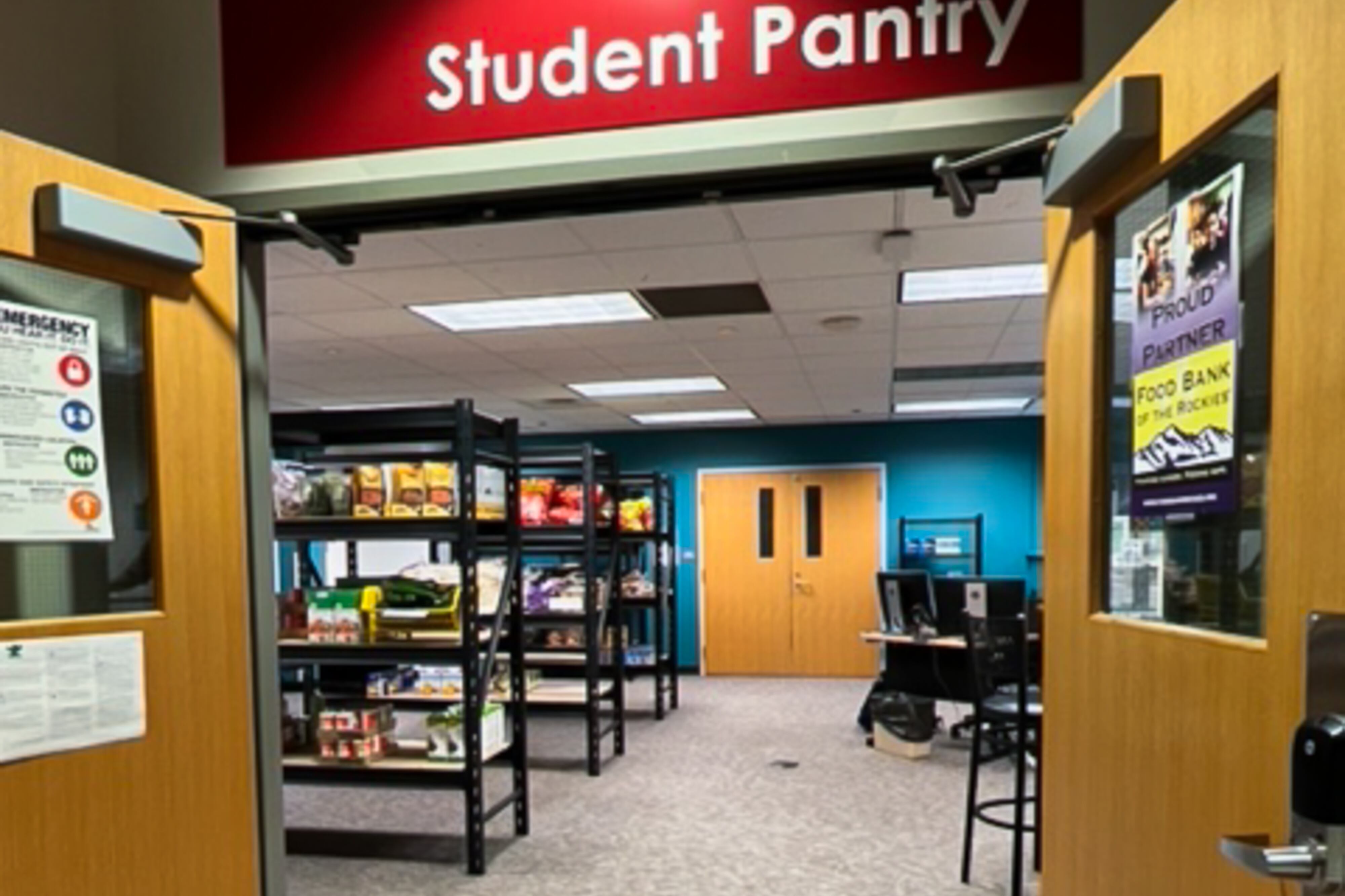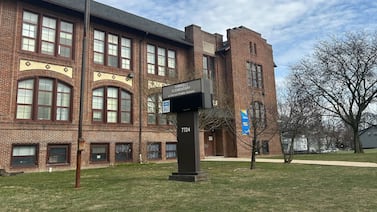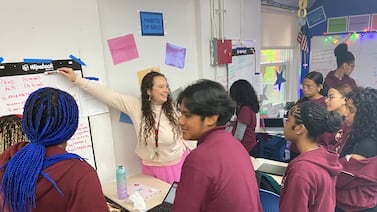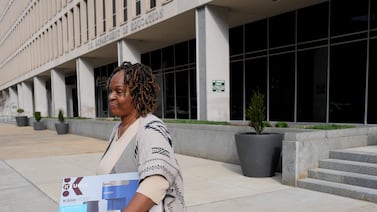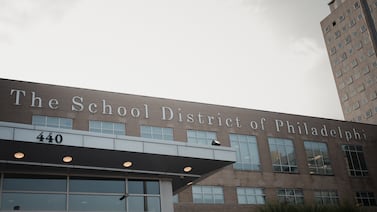At Red Rocks Community College, staff discovered that some students were sleeping in cars or struggling for days to buy food — too overwhelmed or embarrassed to ask for help.
So the school stepped up: It organized a food pantry and tried to launch a project that would have provided for up to two semesters lodging and designated study space to students who needed it. During the height of the pandemic, when food and housing needs increased and students could not come to campus, school leaders also organized food drives.
And the school has set up academic alert systems that flag when students are struggling in class — a possible sign of a food or housing need.
The efforts reflect the growing number of students in need before and after the start of the pandemic, forcing community colleges such as Red Rocks to expand their traditional role beyond just educating students.
“These are real-life people with real-life problems,” said Armando Burciaga, Red Rocks dean of students. “Our goal is to know what students are bringing to the table, consider the whole student, and then educate them.”
A 2021 Community College Survey of Student Engagement recently found among a sampling of survey participants nationwide that 1 in 3 students didn’t have the food they need and almost 1 in 7 were in need of housing. Many community college students face greater life challenges because they are from lower-income backgrounds, the first to go to college in their family, or are older adults balancing family and school.
The survey authors call for more community colleges across the nation to step up to help the growing number of students facing difficulties, similar to Red Rocks’ approach.
Recent Colorado surveys also illustrate the challenges students face.
About half of all Colorado community college students enrolled last year experienced trouble finding housing and more than a third of students were in need of food.
Shannon Webber, Red Rocks financial aid director, said the school’s goals to help students has been guided by letting students know more about on-campus resources and making help a part of the college experience.
Many Colorado community colleges don’t provide housing. But opening emergency housing would have expanded Red Rocks’ role and made life easier for students. The spread of the coronavirus in housing led Red Rocks to put the idea on hold. It has since been shelved indefinitely.
Although the school couldn’t open the housing, Webber said, the idea shows the “spirit” of the school’s leadership to find solutions for students.
The school’s staff has stepped up in other ways. During the early days of the pandemic when the school couldn’t open its student pantry or have many classes in person, staff organized food drives and assisted students who said they were running into problems.
“It was critical that we didn’t require students to show they needed something,” she said. “If they asked for something, that was enough proof to give it.”
With students returning to campuses after closures, Webber said the school wants students to have what they need and staff ready to help them.
The school has a Housing and Food Insecurity Council to pioneer new ideas to help students and provides continual training for staff and instructors to recognize when students are struggling.
Academic alert systems at the school flag big swings in grades, increased absences, or poor performances on quizzes, which can signal that a student has either a food or housing need, Webber said.
When those alerts trigger, school staff in and outside the classroom are trained to approach students to talk about how the school can help and refer them to services.
“Sometimes it’s too late,” Webber said. “The students don’t get in touch because they’re completely overwhelmed. Or maybe they’re not checking their student email or they didn’t set up their texts.”
And school leadership has tried to destigmatize the help it provides.
For instance, Burciaga said the school’s food pantry is designed like a store where students just need to show their school identification and can take as much food as they want. Instructors also put in their syllabus that there’s a pantry for students to grab food whenever they need, Webber said.
Students might take a cup of ramen to eat while they study or enough food for a few days, Burciaga said. Webber said the goal is to meet students where they are in life and not penalize them for not having what they need.
“Everyone here is trying to come together and build students up,” she said. “They never asked if I should go the extra mile. They’re just doing it.”
Jason Gonzales is a reporter covering higher education and the Colorado legislature. Chalkbeat Colorado partners with Open Campus on higher education coverage. Contact Jason at jgonzales@chalkbeat.org.

